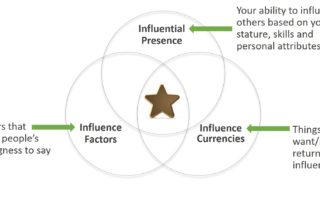IT Executive Coaching: 6 Best practices and the need to be IT oriented
All professionals, whether it be sales, finance, marketing, human resources, and yes, even IT, each have their own professional challenges, idiosyncrasies, terminology, performance criteria, and growth progression. While executive coaching for mid-level and senior executives can be successfully performed by experienced executive coaches regardless of their professional background, having professional experience similar to the person being coached, provides additional opportunities to provide value. For example, IT executive coaching provided by a former IT executive provides the opportunity, with the coachee’s agreement, to do the following: 1. Enhanced traditional question-based coaching discussions Question-based coaching is the hallmark and a best practice of the traditional executive coaching process, where the coach asks questions, with the goal of assisting the coachee in gaining clarity of their current situation and a deeper understanding of themselves and others. This technique is what gives well trained coaches the ability to coach people of all vocations and organizational levels. The concept is that the coachee is the expert, not the coach. However, if the coach and coachee share a similar professional background, then the questions asked by the coach can be more insightful and relevant, because the coach has a deeper understanding of the coachee’s professional challenges, terminology, and organizational micro-culture. 2. Acting as a sounding board and brainstorming partner Traditional question-based coaching also allows the coach to act as a soundboard. That is to say, that the coachee describes how they would like to solve a problem or take advantage of an opportunity, and the coach then asks [...]










